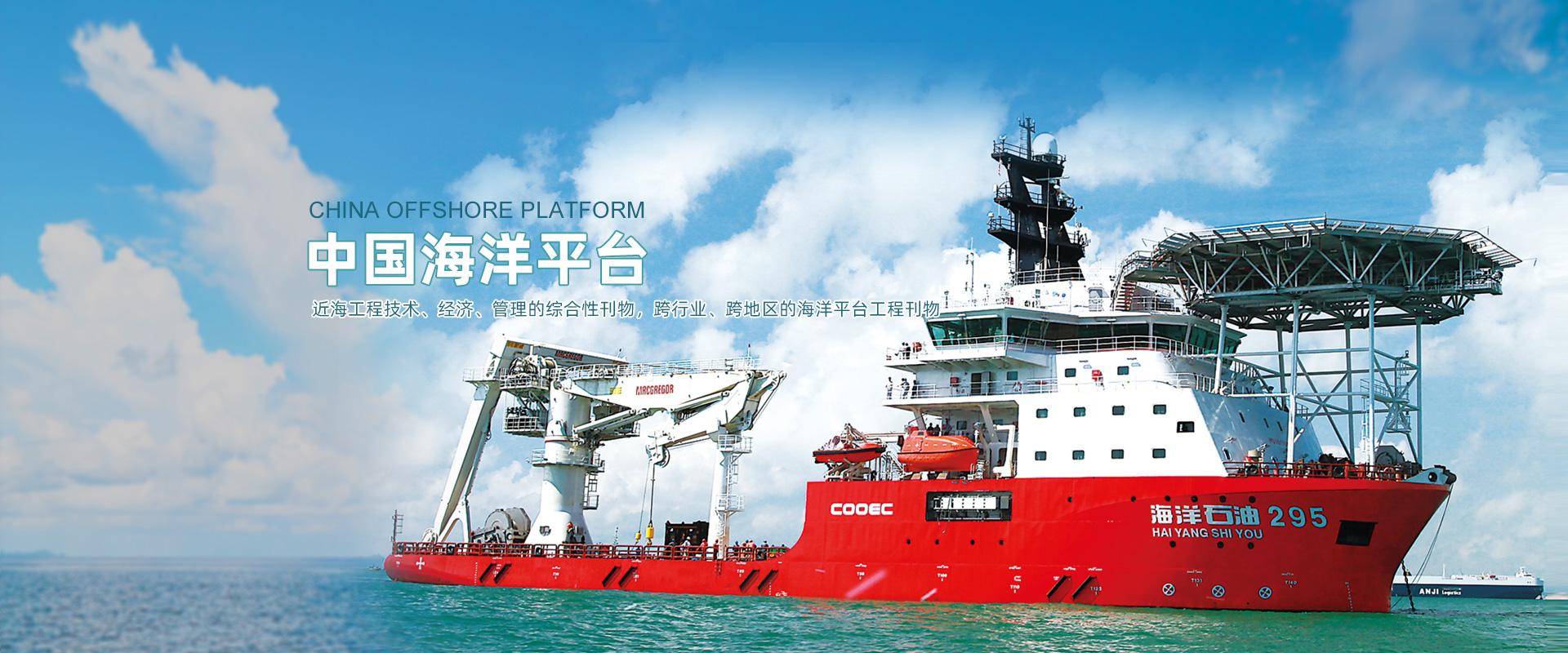Abstract:Currently, offshore lifting operations in the East China Sea often rely on environmental conditions and weather windows from the South China Sea as references, which results in significant discrepancies between actual and expected operational windows. This study establishes a "mooring-lift vessel-lifted object" coupled model to analyze the lifting performance of the vessel under different wave incidence angles and peak periods. By comparing with regulatory requirements, the feasible range of lifting operations is determined. Using wave and wind data in the East China Sea from 2015 to 2023, the study identifies optimal operational periods and 24-hour, 48-hour, and 72-hour continuous operation windows. Research shows that when the significant wave height is less than 2.0 meters, the lifting performance of the vessel meets various regulatory requirements. Compared to the current general practice in the East China Sea, which requires a significant wave height of less than 1.5 meters, the probability of achieving continuous operational windows increases by approximately 22%.
